Filter by
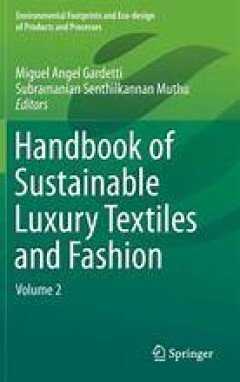
Handbook of Sustainable Luxury Textiles and Fashion
The second volume of handbook explores different dimensions of the sustainable luxury textiles and fashion, broadly based on the following topics: Sustainable luxury Luxury and consumption Luxury, innovation and design potential Luxury and entrepreneurship Sustainable Luxury Management
- Edition
- 1
- ISBN/ISSN
- 978-981-287-742-0
- Collation
- Business Management
- Series Title
- -
- Call Number
- 650

Cost-Benefit Studies of Natural Resource Management in Southeast Asia
This book applies cost-benefit analysis techniques in the management of environment and natural resources in developing countries of the Southeast Asian region and presents a compendium of studies conducted by researchers supported by the Economy and Environment Program for Southeast Asia (EEPSEA). It emphasizes the close relationship between the environment and natural resources and economic d…
- Edition
- 1
- ISBN/ISSN
- 978-981-287-393-4
- Collation
- Ekonomi
- Series Title
- -
- Call Number
- 330
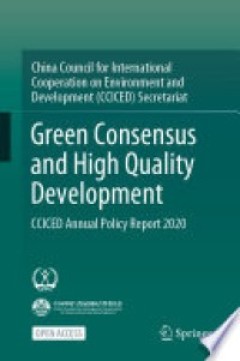
Green consensus and high quality development : cciced annual policy report 2020
This open access book is based on the research outputs of China Council for International Cooperation on Environment and Development (CCICED) in 2020. It covers major topics of Chinese and international attention regarding green development, such as climate, biodiversity, ocean, BRI, urbanization, sustainable production and consumption, technology, finance, value chain, and so on. It also looks…
- Edition
- -
- ISBN/ISSN
- 9789811647994
- Collation
- XXX, 587 p
- Series Title
- -
- Call Number
- 338.951

Surveying climate-relevant behavior : measurements, obstacles, and implications
This open access book discusses the contribution of sociology and survey research to climate research. The authors address the questions of which behaviors are of climate relevance, who is engaging in these behaviors, in which contexts do these behaviors occur, and which individual perceptions and values are related to them. Utilizing survey research, the book focuses on the measurement of clim…
- Edition
- -
- ISBN/ISSN
- 9783030857967
- Collation
- xi, 159p. : ill.
- Series Title
- -
- Call Number
- 363.73874
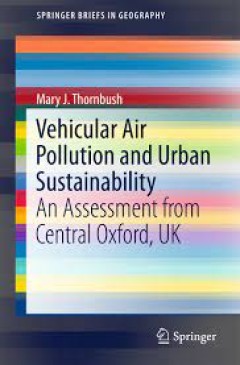
Vehicular Air Pollution and Urban Sustainability An Assessment from Central …
This Brief examines the impact of the Oxford Transport Strategy in central Oxford as a means of assessing the effect of reduced traffic congestion in the city centre on its sustainability. Air pollution (from vehicular traffic) has been monitored at three locations in central Oxford on the High Street, St Aldates and St Ebbes (background monitoring station). There is a further monitoring site s…
- Edition
- -
- ISBN/ISSN
- 978-3-319-20657-8
- Collation
- -
- Series Title
- -
- Call Number
- -
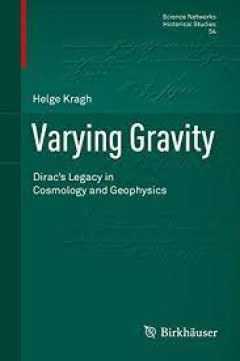
Varying Gravity Dirac’s Legacy in Cosmology and Geophysics
The main focus of this book is on the interconnection of two unorthodox scientific ideas, the varying-gravity hypothesis and the expanding-earth hypothesis. As such, it provides a fascinating insight into a nearly forgotten chapter in both the history of cosmology and the history of the earth sciences. The hypothesis that the force of gravity decreases over cosmic time was first proposed by …
- Edition
- -
- ISBN/ISSN
- 978-3-319-24379-5
- Collation
- -
- Series Title
- -
- Call Number
- -
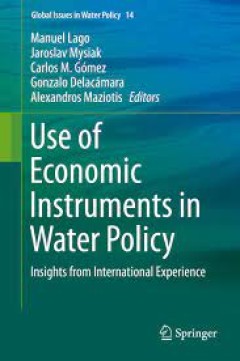
Use of Economic Instruments in Water Policy Insights from International Expe…
This book assesses both the effectiveness and efficiency of implemented Economic Policy Instruments (EPIs) in order to achieve water policy goals and identifies the preconditions under which they outperform alternative (e.g. regulatory) policy instruments and/or can complement them as part of complex policy mixes. The development of a consolidated assessment framework helps clarify (and where p…
- Edition
- -
- ISBN/ISSN
- 978-3-319-18287-2
- Collation
- -
- Series Title
- -
- Call Number
- -
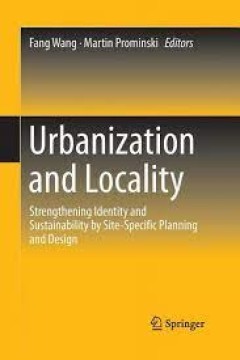
Urbanization and Locality Strengthening Identity and Sustainability by Site-…
Based on a discussion of conflicts in the urbanization process, this book provides theoretical and practical solutions for the preservation and development of urban localities. On the basis of informative case studies, it reveals the similarities and unique aspects of urbanization in Germany and China. The process of urban growth and the future trend of locality and urbanization are also examin…
- Edition
- -
- ISBN/ISSN
- 978-3-662-48494-4
- Collation
- -
- Series Title
- -
- Call Number
- -

Urban Transportation and the Environment Issues, Alternatives and Policy Ana…
The book deals with urban transportation planning in light of environmental sustainability and social equity. It begins with a review of the Indian urban transportation system and the issues surrounding it, and discusses the alternatives and policy directions that are being considered. It examines all the environmental issues arising out of transportation as a sector and assesses the alternativ…
- Edition
- -
- ISBN/ISSN
- 978-81-322-2313-9
- Collation
- -
- Series Title
- -
- Call Number
- -
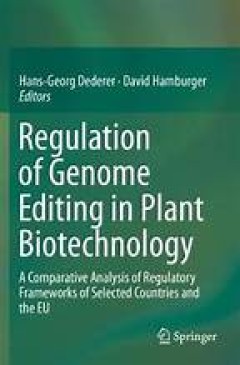
Regulation of Genome Editing in Plant Biotechnology
This book provides in-depth insights into the regulatory frameworks of five countries and the EU concerning the regulation of genome edited plants. The country reports form the basis for a comparative analysis of the various national regulations governing genetically modified organisms (GMOs) in general and genome edited plants in particular, as well as the underlying regulatory approaches. Th…
- Edition
- 1
- ISBN/ISSN
- 978-3-030-17119-3
- Collation
- Biologi
- Series Title
- -
- Call Number
- 570
 Computer Science, Information & General Works
Computer Science, Information & General Works  Philosophy & Psychology
Philosophy & Psychology  Religion
Religion  Social Sciences
Social Sciences  Language
Language  Pure Science
Pure Science  Applied Sciences
Applied Sciences  Art & Recreation
Art & Recreation  Literature
Literature  History & Geography
History & Geography